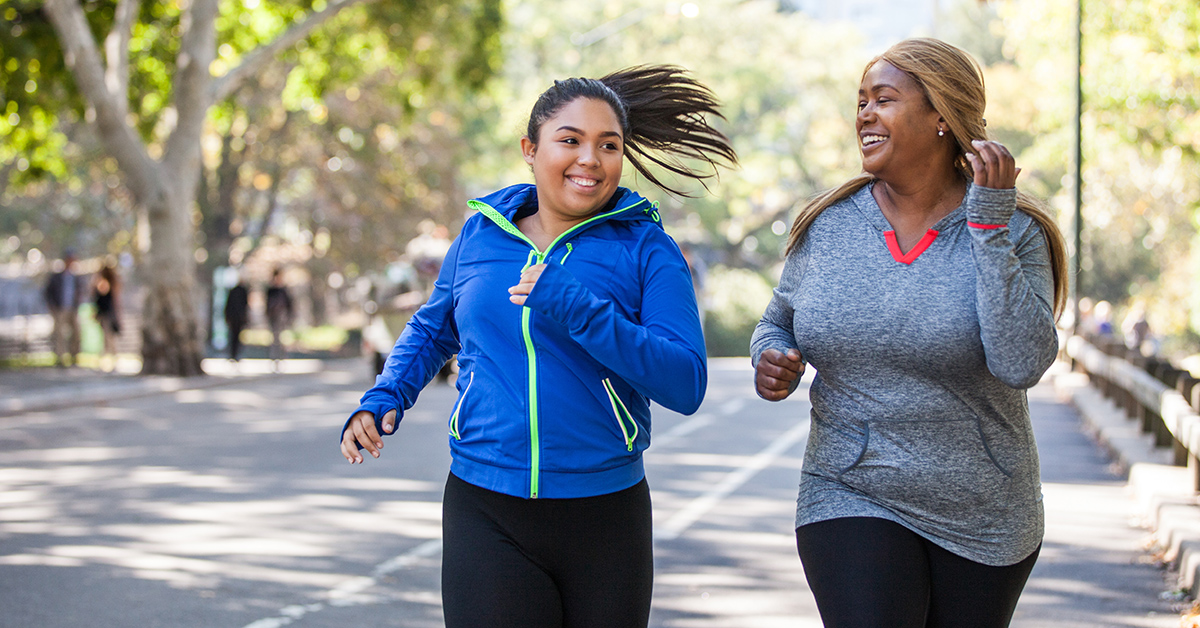Imagine this: you’ve been working at your desk, and soon, your spine aches, muscles hurt and your body feels tight. You quickly realize that something must be done to make your workspace comfortable and to ensure you don’t suffer.
This is where ergonomics comes into play.
Ergonomics is the science of designing workplaces and tools to improve human well-being and performance. And since a lot more people now work from home since the COVID-19 pandemic, ergonomics is more important than ever.
Stephen Cuffey, PT, DPT, CIEE, Cert. SMT, an outpatient physical therapist at the Bon Secours St. Francis Therapy Center at Millennium (pictured above with his team), stresses the importance of considering the ergonomics of our work environments.
For example, sedentary behavior and poor posture can lead to a range of issues including:
- spine problems, like herniated discs
- weakened core muscles
- increased injury risks due to reduced flexibility in joints
- potential cardiovascular issues due to hampered blood flow
“Incorporating different postures and movement into our workday is key to helping prevent these issues,” Stephen shares. “And it’s important to avoid a single sitting, static sitting or standing posture.”
Stephen advocates for the adoption of various postures throughout the day. To combat the adverse effects of prolonged sitting or standing, he offers several suggestions.
Set a movement timer or routine
A movement timer can remind us to stand and walk around every 30 minutes or one hour. In addition, identifying routine moments in your workday to move around is key. Whether it’s at the end of a meeting or scheduling a five-minute window between appointments, these breaks can make a significant impact.
“This simple practice not only enhances blood flow but also reduces the risk of injuries associated with sedentary behavior,” Stephen shares.
Think outside the box to move and change your posture
Taking phone calls standing, using headsets, earbuds or speakers, as well as opting to attend meetings on your feet are effective strategies to introduce movement into your daily routine. Some individuals choose to invest in a sit-to-stand desk or desktop converter to facilitate seamless transitions between sitting and standing. However, other small steps can make a significant impact. These suggestions can help turn what was once a sedentary activity into an opportunity for movement.
Incorporate stretching
In addition to movement, stretching plays a vital role in promoting different postures. Stephen recommends taking a few minutes throughout the day to stretch various muscle groups. Hamstring, leg, quad and calf stretches can help alleviate tension and loosen muscles that tend to tighten during prolonged periods of sitting.
“Moving and standing are crucial for preventing injuries or aggravation, even in our day-to-day activities,” he adds. “By finding opportunities to incorporate these practices, individuals can enhance their overall well-being.”
Sitting posture matters
Ergonomics isn’t only about movement — it’s also about maintaining proper sitting posture. Stephen recommends that individuals strive for a neutral position, ensuring that the spine is straight, joints are not twisted and that the computer is at eye level to minimize strain. For laptop users, using an external keyboard with a computer riser can contribute to achieving this optimal position. Desktop computer users strategically placing the computer monitor and keyboard will help limit posture challenges.
Overall, it takes a multi-faceted approach.
In conclusion, creating a work-from-home environment that prioritizes optimal movement and posture is crucial for maintaining physical health and well-being. By embracing movement, scheduling breaks, incorporating stretching routines and paying attention to sitting posture, individuals can transform their remote workspaces into hubs of productivity and health.
As Stephen aptly puts it, “Our bodies are made for movement, and it’s our responsibility to provide them with the environment they need to thrive.”
Learn more about the physical therapy and rehabilitation services we provide at Bon Secours.





